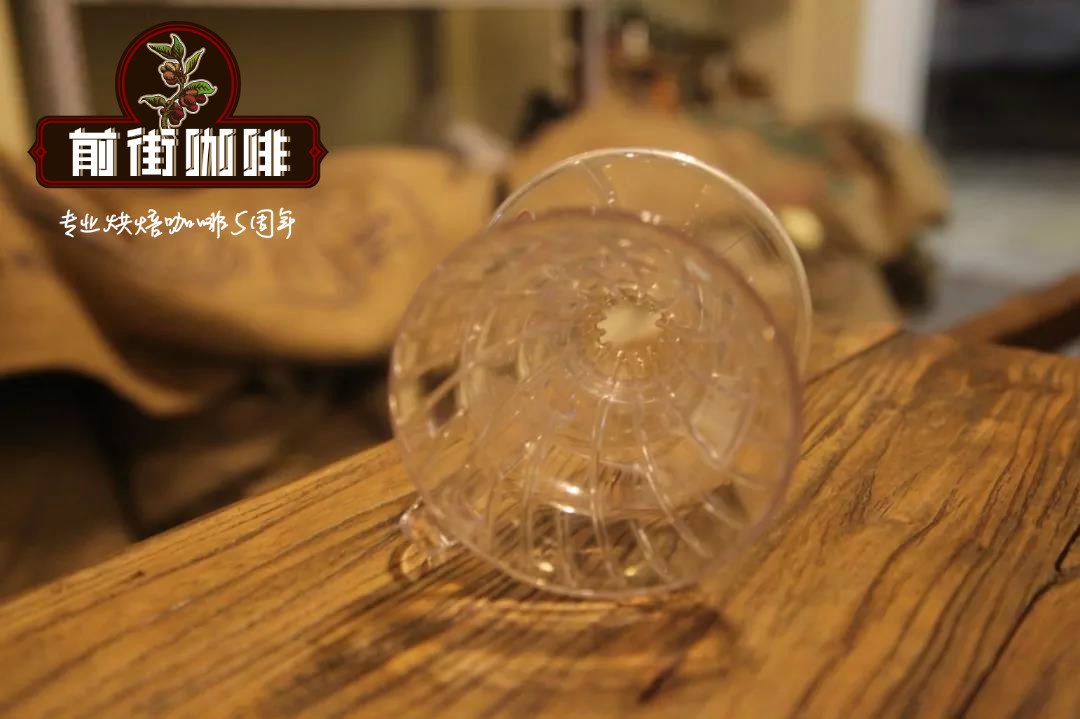Coffee flavor characteristics of different regions? What are the characteristics of different treatments?
Africa

Africa
If they are coffee beans originating in Africa, you will feel the distinct acidity and fruity characteristics. Especially in Ethiopia, coffee noodles from this region can feel the mellow thickness of tea, the smell of raspberries, as well as rich fruit aromas and acidity. If the coffee beans come from Kenny, they will have a very special taste of grapefruit and dry sour, and the rosy Kenny will have the mellow thickness of wine.
There are other African producers such as Burundi and Tawanda, whose beans are famous for their special sweetness and mellow thickness.
America
Coffee from Central America is probably due to its close relationship with the country of production, and coffee beans from Central America are more popular with American tastes. Coffee beans that grow in this area usually have a strong sense of balance-all the different taste elements match well to make a good cup of coffee. You can get a balanced cup of coffee with mellow thickness, acidity and fruity aroma.
Further down, beans from South America, first Gobi coffee, one of the most famous coffee producers in the world. Ordinary Colombian coffee beans have a balanced taste, subtle sweetness and fruity aromas. The quality of the coffee is rich in fruit, and it is comparable to the coffee beans of Essex.
A little bit more, coffee beans from Brazil, the world's largest coffee producer, are responsible for 1% of the world's coffee supply. The coffee from Brazil has the flavors of fruit, oil and chocolate, as well as a thick and mellow thickness. In today's trend of being dry, fruity, bright and sour, Brazilian coffee beans will lose a little bit, but they are still the favorite of many bakers and are mainly used as the base for Italian blending.
Asia
Chaozhou
There are large tracts of land in Taiwan, and there are many different kinds of beans in the coffee growing area. The most famous include the Indonesian region, where caffeine is famous for its smoky feeling, herbs and spices, and coffee beans such as Vietnam, which have bright fruit flavor and high alcohol thickness. Vietnam mainly produces Chambusta coffee beans, which are mainly bitter and slightly less fragrant.
Of course, there are still many less well-known regions that are very capable of producing good coffee. The coffee made in Papua New Guinea is as juicy as plum, sour, sweet and spicy. The Philippines, Thailand, Philippine economy, Bali and so on, these places are coffee producing areas and have a special flavor.
Soil and climate factors
So why are coffee products from different regions so different? This extends the soil of two key points related to the environment, as well as weather.
Soil is related to topography, climate, and environment. For example, the Galapagos group is a good example. Across the equator, you can imagine that the year of production here is in a hot season-but this is not in line with the growth of high-quality coffee. Coupled with the low-altitude terrain here, people will lower their expectations here even more. Because under the general concept, boutique coffee grows in a high-altitude and low-temperature environment, which has a long growth cycle, sufficient time to develop sweetness, and other more complex flavors.
However, this small restaurant entertained consumers with high-quality coffee, thanks to the cold seaweed and the Humboldt cold spell from northern Chile.
Different processing methods, different tastes
How the coffee is planted and how it is handled are factors that affect the taste of raw beans.
There are three main ways to handle coffee beans:
Wash Wet/washed: in the fermentation box, the coffee peach is removed from the flesh and dried. The thickness of caffeine obtained by this method is relatively low, but the taste is dry. This method of treatment can avoid the unsatisfactory fermentation aroma produced by excessive fermentation. The deficiency is that it consumes a lot of water and the cost of production is high. If the farm is equipped with coffee facilities, it can make good use of water resources, it can solve this problem very well. This method is very common in the producing areas of Costa Rica, dangerous places, and Africa.
Japanese Natural/dry: pick ripe coffee peaches and put them directly on the drying ground to dry. The pulp of the coffee is still attached to the coffee beans. This method of processing can make the coffee produce high sweetness, fruit aroma and increase the mellow thickness of the coffee. The cost of this process is low, as long as there is enough space to make a coffee drying field. However, the deficiency is difficult to control, once there is a bad weather, the handling of coffee may be difficult to handle.
Honey Honey/pulped natural: in this process, part of the flesh is shaved off and then dried. According to the degree of pulp cut off, the sweetness and alcohol thickness of coffee vary. This treatment is common in Costa Rica and Brazil.
But there are many different ways of handling raw beans in coffee regions around the world. In Indonesia, he often uses the planing method in its existing environment. Washing and processing are common in Kenya, Wanda and Burundi. Some practical methods of handling raw beans are becoming more and more popular.
Nowadays, the processing method is no longer limited to three categories: washing, daily service and honey handling.
However, specific processing methods are applied to specific regions. For example, we are very fashionable to make day-to-day coffee under cold conditions. Daily processing takes a long time to dry, and all the moisture in the empty tank will cause the coffee peach to begin to ferment. On the other hand, drying farms can be used in large quantities in areas such as Misgeras in Brazil, so they mostly produce coffee processed on a daily basis.
The country of origin of coffee can only tell you the above information. In each of the different regions, there are also different kinds of beans, microweather, processing and processing methods, and so on, which will make the coffee different. But the most direct measure comes from the difference between coffees from different regions. You can taste three kinds of coffee from different regions at the same time, one from Ethiopia, one from Colombia and one from Indonesia. You will feel the difference between coffee. Or, you can choose a Kenyan coffee, a Burundian coffee and a coffee from Tawanda, and you will feel the small regions of coffee from different regions on the same restaurant.
Important Notice :
前街咖啡 FrontStreet Coffee has moved to new addredd:
FrontStreet Coffee Address: 315,Donghua East Road,GuangZhou
Tel:020 38364473
- Prev

What are the flavor characteristics of Ethiopian Jemma coffee?
[Jima, Ethiopia] country: Ethiopia: Gemma altitude: 1800m treatment: sun varieties: local native species dry aroma with jasmine aroma, mixed with some roasted peanut aroma, wet aroma with strong fermented wine aroma, entrance is lime, lemon, citrus, carambola acidity, sweet berries in the middle, with some grapefruit peel, black tea at the end
- Next

Introduction to the characteristics of Ethiopian Coffee producing area in Sidamo
According to the above four different modes of production, Ethiopian coffee can be divided into nine major coffee producing areas, including five boutique coffee areas: Sidamo, Yegashefi, Harald, Lim, Lekhampdi, and four general commercial bean producing areas: Gemma, Irugbagbo, Tibby and Bekaa. The sun or water washing methods are used in each district.
Related
- Detailed explanation of Jadeite planting Land in Panamanian Jadeite Manor introduction to the grading system of Jadeite competitive bidding, Red bid, Green bid and Rose Summer
- Story of Coffee planting in Brenka region of Costa Rica Stonehenge Manor anaerobic heavy honey treatment of flavor mouth
- What's on the barrel of Blue Mountain Coffee beans?
- Can American coffee also pull flowers? How to use hot American style to pull out a good-looking pattern?
- Can you make a cold extract with coffee beans? What is the right proportion for cold-extracted coffee formula?
- Indonesian PWN Gold Mandrine Coffee Origin Features Flavor How to Chong? Mandolin coffee is American.
- A brief introduction to the flavor characteristics of Brazilian yellow bourbon coffee beans
- What is the effect of different water quality on the flavor of cold-extracted coffee? What kind of water is best for brewing coffee?
- Why do you think of Rose Summer whenever you mention Panamanian coffee?
- Introduction to the characteristics of authentic blue mountain coffee bean producing areas? What is the CIB Coffee Authority in Jamaica?

